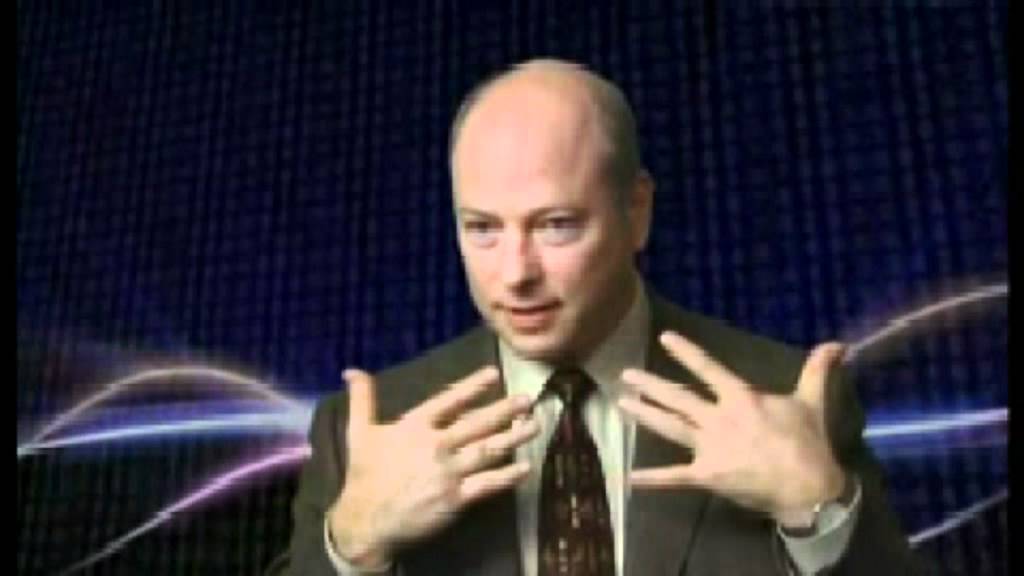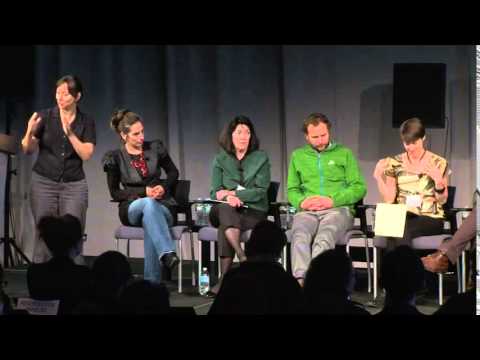TDF
Is our reality defined by sensible laws of order or by weird and random connections across space and time? In the Canary Islands, a dedicated team of physicists are seeking a definitive answer to this age-old question. Einstein’s Quantum Riddle tackles the theory of quantum entanglement and the current quest to identify or dispel its existence once and for all.
Our world is made up of masses of atoms and particles. But what if these elements shared a bond – a secret channel of communication – that allowed them to mirror each other regardless of their distance of separation? It’s a theory known as quantum entanglement, and it’s a cause and effect notion that was long rejected by Albert Einstein as “spooky” science. It presumed an occurrence that could not be observed or firmly substantiated, and it required a leap of faith that many hardened scientists were unwilling to undertake.
But a new breed of physicists believe the phenomenon is real, and their discoveries are poised to revolutionize the way we think about everything from new technologies to the building blocks of our universe.
For quantum entanglements to exist – when two particles act and react to one another across a span of light years – there must be a hidden communication system at work that cannot be viewed by the naked eye. Modern day physicists must devise a strategy to obtain definitive answers. They settle on the use of quasars positioned on opposite ends of the universe.
The film devotes much of its running time to exploring the prologue to this experiment. We learn the origins of quantum mechanics, the controversies over the concept of quantum entanglements, and how scientists have spent lifetimes attempting to decode its mysteries. Viewers will also relish the film’s portraits of the major players who were fully engaged in this pursuit, including Einstein, Niels Bohr and John Stewart Bell.
Einstein’s Quantum Riddle celebrates the desire of complex science to make sense of our universe. In the process, we gain key insights into the personalities of some of history’s most progressive thinkers, and an appreciation for those who continue to shape our understanding of the nature of reality.




